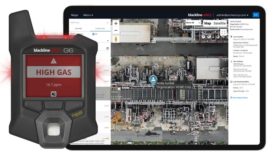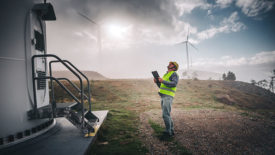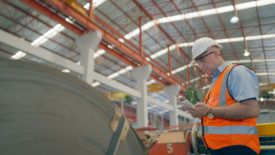Safety Technology
ISHN will be at both!
Read More
What EHS managers need to know about the benefits of a connected workforce
The impact of technology on safety, sustainability and compliance
October 6, 2023
Cover Feature
The human desire to be connected should extend to safety equipment
September 22, 2023
Never miss the latest news and trends driving the safety industry
eNewsletter | Website | eMagazine
JOIN TODAYCopyright ©2024. All Rights Reserved BNP Media.
Design, CMS, Hosting & Web Development :: ePublishing











